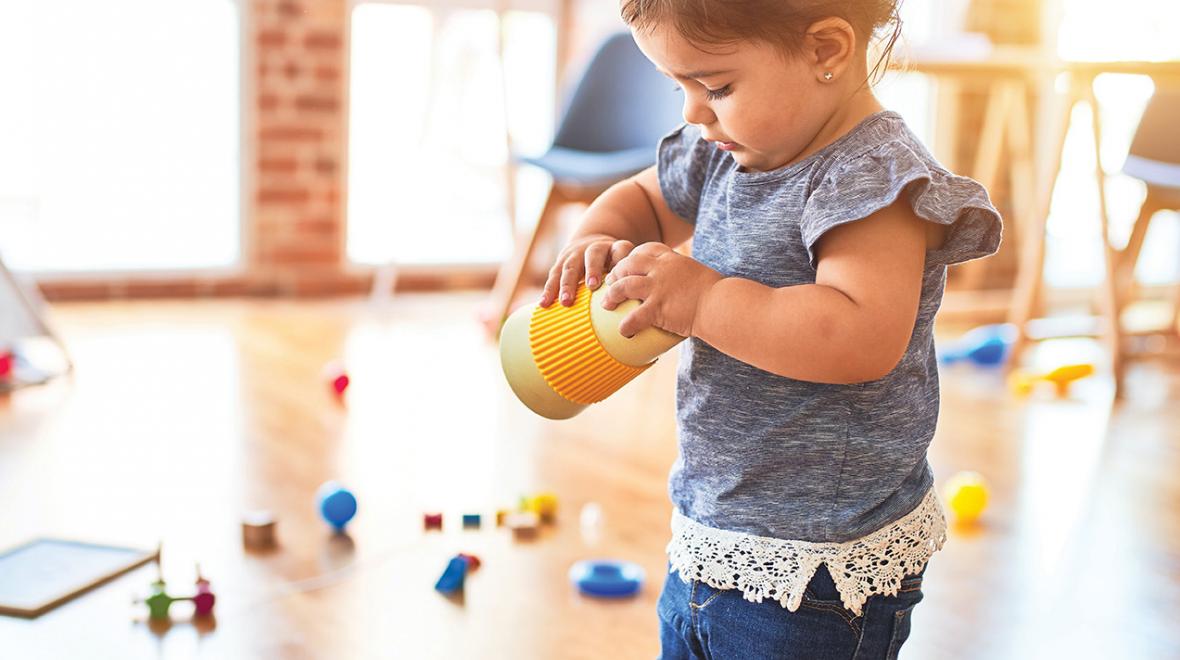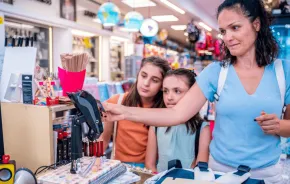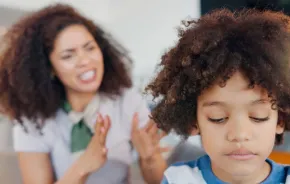
Photo:
krakenimages/Unsplash
Preschoolers are social creatures, generally very interested in other kids, and quick to notice and adopt social norms. They’re at the developmental stage where they are becoming more able to control themselves and more competent at verbalizing their feelings, which opens up a host of options beyond hitting and screaming. It’s the perfect opportunity to teach them social habits that will support them throughout childhood.
If you start talking with your child about their friendships when they’re a toddler, you’ll give them valuable emotional tools — and they’ll be more open to talking with you about these issues as they grow older.
1. Continue sensitizing your child to other people’s experiences.
It’s crucial that children develop empathy, not just so that they’re nice people (although we all want that for our kids), but because reading the social cues of others is the only way to function in a complicated social world. Researchers watching children join new social groups found that kids who observe and pick up the rules of the group are more readily accepted by the group, compared to those who don’t.
2. Introduce the problem-solving concept of finding a solution that works for everyone.
For instance, Tiffany wants to play dress-up. Jade wants to play dolls. You could ask the two, “What could you both enjoy doing?” They may decide to play house, which could involve both dress-up and dolls. Or they may go outside to the swings. Either way, no one loses.
3. Supervise playdates as closely as required, but as loosely as possible.
The more opportunities kids have to work through issues themselves, the more they learn to do so. But you may well need to intervene at times. Kids do need an adult’s help to learn successful interpersonal conflict resolution. That doesn’t mean lectures. It often means modeling, with you right there with them in the sandbox.
4. Keep enforcing the “No hitting, no matter what” rule.
Help your child verbalize their anger and express their needs without attacking others. Teach your child that if another child provokes them and they can’t diffuse the situation, they need to seek an adult’s help. Then practice with some role-playing, acting out a scenario with your child’s teddy bear in which your child explains to the bear what to do when it feels like hitting someone.
5. Be aware that preschoolers are exploring how power works.
Preschoolers want to get what they want, but they are still learning how to do so in social interactions without hurting others. That’s why it is common to hear 4-year-olds make threats such as “You can’t come to my birthday party if you don’t do it my way.” Be aware that kids will follow the example you set of how to use power, so if you mete out punishment, they will almost certainly mimic lording power over others. Don’t hesitate to step in when necessary to help kids learn to negotiate with each other, particularly if you fear that your 4-year-old is a bully.
6. Bossiness is often a challenge with preschoolers.
All kids want to get their own way — and still have other kids play with them. Try asking questions such as “Is it more important to you to play the game your way or to have Catherine play with you?” When another child is bossy, your child may need suggestions from you about tactful ways to negotiate with their friends. Help them with scripts. For example, “I really want to play with you, but we’ve been playing dress-up all morning, and I don’t feel like it anymore. What can we do that we both like?”
7. Take turns instead of sharing.
When one child has a toy, it’s my opinion that she should be able to keep using it for as long as she wants. If another child wants the toy, suggest that he ask her if she’ll give it to him when she’s finished with it. That accomplishes a number of important goals. First, when she does give the toy to the other child, she experiences that wonderful feeling of generosity, which increases the likelihood that she’ll seek that pleasant feeling again. (Notice that this is very different than when she’s forced to share, which increases hoarding behavior.) Second, the other child learns to wait. (Yes, that’s very hard.) Finally, instead of you constantly modeling grabbing by making kids give up the toy, they learn to work it out with one another.
Of course, it’s much more realistic to have this be a policy between siblings than between friends. The friend presumably won’t be back tomorrow, so waiting isn’t feasible. In that case, talk with your child in advance about the need to take turns, and encourage them to put away any toys they don’t feel comfortable letting their friend play with.
Recommended books for building social intelligence in kids
“Two Monsters: 35th Anniversary Edition” by David McKee
“Shapesville” by Andy Mills and Becky Osborn, illustrated by Erica Neitz
“A Little Book About Friendship” and “Casey Caterpillar Feels Left Out” by Samantha Kurtzman-Counter
And for the grown-ups: “It’s OK Not to Share and Other Renegade Rules for Raising Competent and Compassionate Kids” by Heather Shumaker
Editor's note: This article was originally published on Aha Parenting, and was republished with permission.











